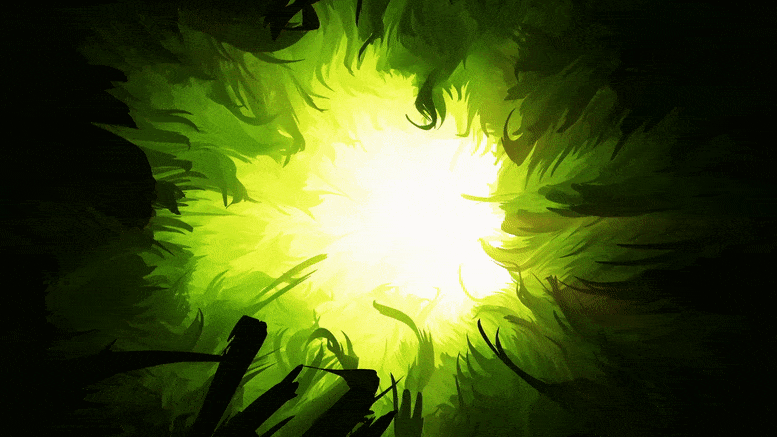
Using a mathematical model, two scientists of the University of Innsbruck and the University of Helsinki were able to determine that in predator-prey dynamics, both sides adapt quickly through evolution.
It is a relatively new finding that evolution occurs fast enough to play an important role in population dynamics. Some recently published research shows how prey organisms adapt evolutionarily to escape predation pressure. But how important is this process? New research at the University of Innsbruck’s Research Department for Limnology in Mondsee demonstrates that in predator-prey dynamics, not only does the prey adapt through evolution, but so do the predators. The study was published in the journal Ecology and Evolution and funded by the University of Innsbruck’s Young Investigator Grant.
The classic predator-prey model
Individuals of the same species who live and reproduce together in a relatively enclosed area form a population. The size of this population can be subject to gentle or extreme fluctuations, due to various environmental influences. This decrease and increase in individuals over time is called population dynamics.
Population dynamics are often explained in terms of purely ecological processes, as can be seen in the example of predator-prey relationships. Here, population dynamics are primarily determined by prey growth rates and predator feeding rates.
Classical predator-prey models assume that prey organisms evolve unaffected until a predator arrives and decimates the prey. Predators find abundant food and also become more abundant. Increased predation pressure reduces prey densities, which causes predator densities to decrease until prey recovers. Thus, when prey is depleted by the predator, an overall population collapse occurs. This model only represents ecological dynamics. However, predator-prey relationships are also an important cause of evolutionary adaptation.
Defense through evolution
Finnish scientists discovered in 2018 that such theoretical predictions cannot be applied literally to nature. They studied microscopic ciliates as predators and bacteria as prey. After a certain point, the number of bacteria did not decrease. There seemed to be an additional factor that influenced the dynamics. In fact, the bacteria had undergone an evolutionary change and had formed an efficient defense trait, presumably by clumping their cells together, making them too large prey for the ciliates.
Joint evolution
This experiment was the basis of a theoretical study by Thomas Scheuerl of the Research Department for Limnology at the University of Innsbruck in Mondsee and Veijo Kaitala of the University of Helsinki. They found that in a purely ecological process, predator densities should be much lower and even extinction of ciliates should follow. However, both the number of predators and that of prey settled into an equilibrium in the experiment. A purely ecological model could not reproduce these observations, when calibrated with parameters taken from the observations. The observed dynamic was reproduced mathematically only when co-evolution of predators and prey was included as a factor. “We conclude that predators also had to evolve, i.e., co-evolve, depending on prey. This is the only way the observed population dynamics and the specific equilibrium state,” says Thomas Scheuerl.
The theoretical model created in this way made it possible to test how stable the process of co-evolution had to be, allowing a wide range of other assumptions. The result: co-evolution had to take place under almost all applied conditions.
Fluctuations in the signal
Furthermore, Scheuerl and Kaitala observed that the equilibrium state in the population dynamics of the original experiment did not appear as a constant signal, but fluctuated up and down, which continued in the next generations. In the observations these were seen and predator-prey cycles were mentioned as a possible explanation, but these were not visible in the theoretical model. Only after inserting an error rate, such a fluctuating dynamic could be simulated. The researchers realized that these were oscillations that occurred when the system was pushed out of equilibrium. The point in time at which the experiment was started seemed to play a role, i.e., in which position the predator and prey curves were located. How exactly the fluctuations can be explained will be the subject of future research.
Reference: “The effect of dilution on eco-evolutionary dynamics of experimental microbial communities” by Thomas Scheuerl and Veijo Kaitala, 7 September 2021, Ecology and Evolution.
DOI: 10.1002/ece3.8065

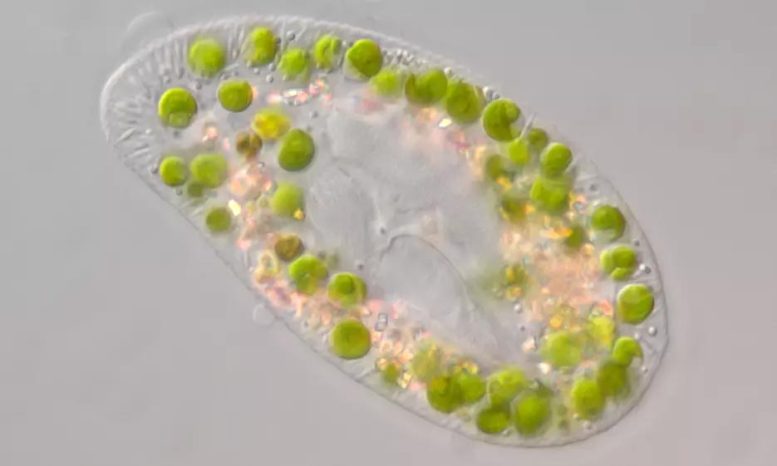
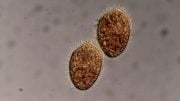
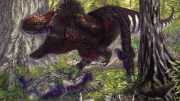

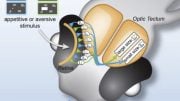


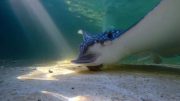
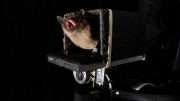
“Some recently published research shows how prey organisms adapt evolutionarily to escape predation pressure.”
Paleontologists have long recognized this and have dubbed it the biological “arms race.”
The speed with which the evolution occurs needs to be measured in reproduction generations, not years.
Evolution is a Biological process linked with living organism of body formed by inert matter.
Inert organic matter can evolve with a rate as predicted by
the science.
But beside inert body,living organisms and specificly humen have great deal of non-inert intellectual mind & bòdy ìn miute form though evolved from the Universe of matter.
So,evolution is accelerated.
But as an axiom universe of animate is mystic.
Evolution is a Biological process linked with living organism of body formed by inert matter.
Inert organic matter can evolve with a rate as predicted by
the science.
But beside inert body,living organisms and specificly humen have great deal of non-inert intellectual mind & bòdy ìn miute form though evolved from the Universe of matter.
So,evolution is accelerated.
But as an axiom universe of animate is mystic.This can be còncluded that anìmate world alone is responsible for the extra evolution.
It was a good idea to post your mystic views twice. That makes it twice as likely that someone might actually be convinced.